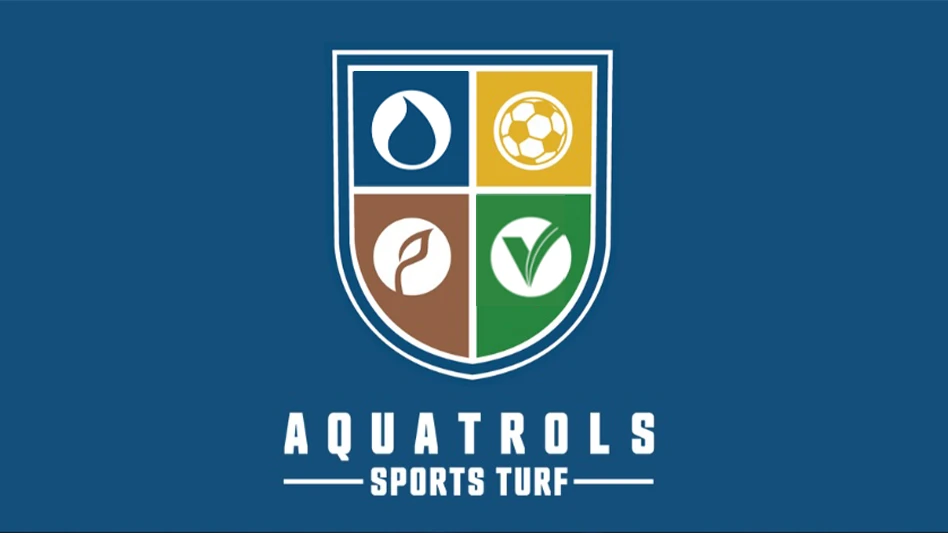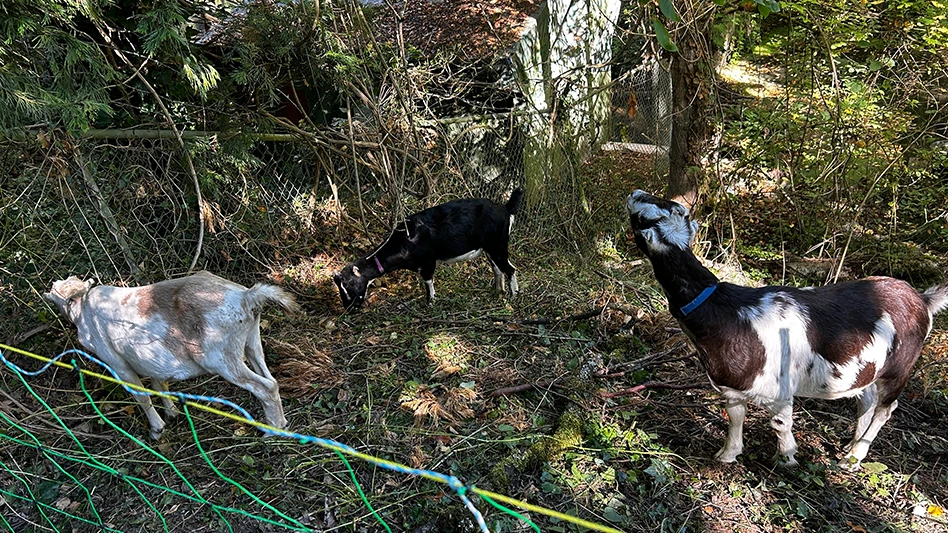
Adobe Stock
There’s a John Fogerty song from the ’80s called “Change in the Weather” that seems to ring rather true these days. With warmer temps into the fall and even into winter apparently the norm now, superintendents are dealing with some late-season issues that they didn’t have to in the past. One of those issues is more cart traffic later in the year.
As warm-weather turf turns dormant and cool-season turf becomes soft, what steps should superintendents take to protect fairways from late fall and early winter wear and tear?
Several turf professionals offered success stories and guidance from their experiences.
Brian Green is the director of golf course maintenance at NC State’s Lonnie Poole Golf Course in Raleigh, which hosts about 38,000 rounds annually. “About 25 percent of the rounds are from November through March, when our warm-season turf is dormant,” Green says. “Over the years, we have experienced winter injury, especially in high-traffic areas. The holes that run east to west have cart paths on the south sides of the holes with tall trees bordering them. These holes tend to be more of a challenge because the rough areas between the paths and fairways, where carts drive through, receive less sunlight, especially in the late fall, winter and into early spring.”
Patrick Reinhardt, the superintendent at the Georgia Southern University Golf Course in Statesboro encounters similar challenges, although the majority of play occurs when fall and spring classes are in session.
“Statesboro has a population of roughly 20,000 people, and our university has about 20,000 students,” Reinhardt says. “When classes are in session, our population essentially doubles. The bulk of our play will be September through November, and then March through May. Our grass is growing at its peak mid-May through mid-September. This provides the challenge in that the majority of our play (and cart use) is on grass that is not growing.”
This isn’t a new problem for Reinhardt. But it has intensified with higher winter rain totals in recent years. “The biggest problem for us is when it gets wet in the winter,” he says. “It definitely takes longer for the dormant fairways to dry out. If you damage the dormant turf during the winter, it’s a very long and slow recovery period.”
A little further north, Pat O’Brien is superintendent at Hyde Park Golf and Country Club in Cincinnati. For O’Brien, even though rounds may be picking up in October and November compared to past years, restricting carts to the paths only is still the only option for him.
“Here in the Transition Zone our Zoysiagrass fairways present an interesting challenge with cart traffic,” he says. “Typically, once we go dormant, usually in October, we start restricting carts to the cart paths.
“A big issue with Zoysiagrass health is shade, especially when it’s not growing. Keeping carts off this time of year is crucial for us. One challenge for us is toward the end of winter, early spring, when the grass starts transitioning from dormancy and starts to wake up, I’ll get pressure to let carts off the paths. Then we get a cold snap and that’s when we get a lot of our damage.”
Bill Anderson is an agronomist for the Carolinas Golf Association and had spent more than 40 years at Carmel Country Club in Charlotte.
“In this part of the country, you have to have cart paths,” Anderson says. “There’s a few exceptions, but not very many. We actually have more trouble with the roughs, on the exits and entrances, than with the fairways. Fairways tend to get better care. Have better turf. Less shade. Get aerification and topdressing. Those exit and entrance points are the biggest issues with cart traffic.”
What solutions are working?
“We use cart exit posts on the edge of our fairways to let golfers know where to exit each hole,” Green says. “The posts are easily moveable, which helps us manage traffic patterns and doesn’t take too much time for our equipment operators to move. We also have GPS systems in our carts, which enables us to lock carts out of certain areas. This is very helpful and effective for managing carts. We can even create reminders on the screens on holes that are cart path only.”
Reinhardt pulls the plug on cart use when necessary. “Because some of our holes don’t have cart paths, there are a few times during wet dormant periods we completely prohibit cart use,” Reinhardt says. “Another successful tool is making an effort to communicate to our patrons about restricting their cart use on the course.”
Anderson emphasizes improving the known wear areas during the summer.
“One of our best tools is improving and amending those exit and entrance points in the summer – when those areas are healthy and growing – that we know are going to be a problem come late fall and through the winter,” he says. “Aerifying, topdressing, adding organic matter, drainage. ”
O’Brien recommends rope as well as cart directional signs, but also cautions one’s expectations with compliance.
“To be honest,” he says, “I’m pretty happy when we achieve 50 percent compliance with members following signs. Doesn’t sound great, but it’s just enough that we’re limiting the amount of carts getting into areas they really shouldn’t be.”
Ron Furlong is the superintendent at Avalon Golf Links in Burlington, Washington, and a frequent GCI contributor.
A two-wheel solution?
A relatively new factor to consider with cart traffic is the sudden appearance of golf bikes, boards and scooters, which are single-person cart experiences.
The golf course I’ve been superintendent at for the last 18 years, Avalon Golf Club in Burlington, Wash., recently leased eight golf bikes on a trial basis. Although we stay open year-round (barring snow cover, which happens from time to time), our winters are very wet and the turf becomes fairly saturated, especially by the end of winter.
The golf professional at Avalon, Eric Ferrier, thinks that despite our winter-long western Washington rains, we will be able to use the bikes off paths this winter, something we don’t allow the regular carts to do once the November rains hit.
“I believe the single-user rider experience is going to become much more prevalent on a national scale, really in the next five to 10 years,” Ferrier says. “I think we’re talking about at least half of a golf course’s fleet being somehow dedicated to this experience.
“There are a few reasons for this. One, I think it adds more fun to the game for a golfer. Whether it be on a golf board, a one-wheel, a Finn Bike, a Segway, whatever that single user experience is. Secondly, the cost is coming down for these units, thus it’s becoming more economical for a golf course to dedicate their funds toward them, especially when you can charge a little bit more. And third, if more of the people on the course are on a single-riding unit, the pace of play will speed up, which, of course, is a huge issue for golf right now.”
One challenge with these bikes that I’m finding as the superintendent here at Avalon is coming to a mutual agreement with Ferrier about where they can and can’t go. Ferrier initially wanted the experience to be the same as if the user had a pull-cart, meaning, for us, they could ride up right next to greens and even on tee-tops. However, we have noticed that after some significant rain the golf bike is leaving some ruts in soft spots around the greens and tees.
Thus, for now, we’ve decided to give the golf bikes more leeway than a golf cart, but we restrict their use on the slopes of greens and keep them on the paths next to tees.
Latest from Golf Course Industry
- Albaugh receives registration for chlorantraniliprole
- Honored by the association he helped expand
- The Carolinas GCSA Conference and Show: 5 W’s preview
- A great game. A sustainable game
- Envu welcomes new campaign activation manager
- Beyond the Page 61: An apprenticeship roundtable
- Epoch Science introduces Plant Fitness turf product line
- Pennsylvania preservation





